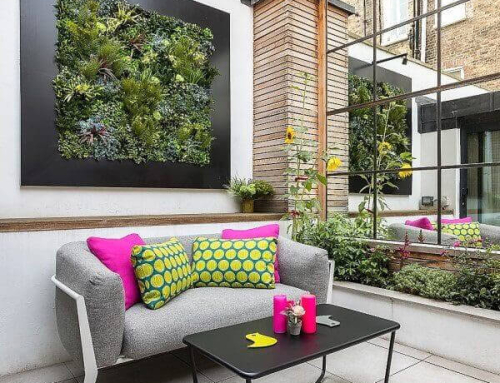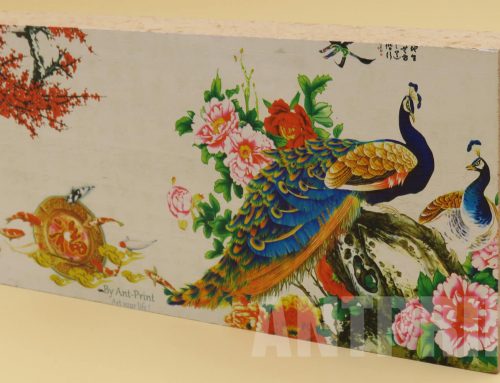What is digital direct to garment printing?
What is the graphic requirements for dtg printing?
Direct-To-Garment Printing
The name of digital direct printing is DTG (Direct-To-Garment-Printer), In short, it means printing patterns on garments and materials like using an inkjet printer.
The pigment ink used by the digital direct inkjet printer comes in five colors: C M Y K W. When printing patterns on white T, usually only color is used. Breathability is absolutely good. The ink consumption for printing a pattern is also quite limited, and there are no other consumables, so the cost is still very low. Therefore, digital direct printing is increasingly becoming a commonly used printing solution for white T-shirt customization.
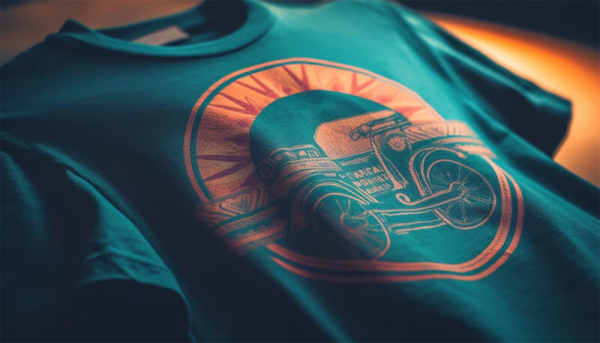
direct to garment printing
Of course, digital direct printing can also be used to print on dark T-shirts. Now let’s talk about the difference between digital direct printing for white T-shirts and dark T-shirts. In order to highlight better colors and effects on dark materials, dark T-shirts are usually sprayed with treatment liquid before printing, and then pressed dry in a heat press machine. Dark T-shirts usually need to be printed with a white bottom layer and then a color layer, so the digital direct-printed pattern on the dark T-shirt feels more comfortable, brighter and layered.
Direct To Garment Printing
Use DTG Printer to directly print the patterns you need on various materials. Direct to garment printing customization breaks the previous bottleneck of T-shirt production skills and completes a true one-piece printing without the need for plate making.
Direct to garment printing uses inkjet printing, and the pigment enters the fabric when it is formed, breaking the limitations of ordinary screen printing color registration and sudden color printing, and any pattern can be produced and printed.
DTG Printing Video
Direct to garment printing generally works best on white pure T-shirts, which can fully meet the requirements of no hand feeling and no color difference, and the cost is also the lowest. The ink used is ink, so the brightness may be lower than that of glue printing, but it can be sprayed twice to deepen the color effect of the image and improve the brightness of the image. The color of the picture sprayed twice with ink will be darker than that sprayed once, but the hand feeling will be relatively larger. After all, an extra layer of paint is sprayed, the printed fabric will be slightly harder, and the cost will be relatively high. Therefore, whether to spray once or twice should be decided according to the design and the customer’s specific requirements.
Advantages of DTG Printer
1. Minimum order is available for one piece:
A minimum order of one piece is definitely a great benefit for many businesses or individuals who need small batches of customized T-shirts. Before this, screen printing T-shirts were very expensive if they were customized in small batches. is high, and many times when you only need one or two T-shirts, obviously many manufacturers are unwilling to customize them. However, since the digital direct printing process has become available, the minimum order of one piece has become truly achievable. A service, and the cost of purchase is also much lower for buyers.
Digital printing technology is as convenient as using a printer. You can print the patterns you want to print from the computer onto clothes at any time. The traditional printing method requires the use of a laser imagesetter to produce the film, followed by screen printing, printing and other complex processes. It is basically impossible to achieve personalized customization. Thermal transfer printing method is similar to digital printing, and can also realize single-piece customization.
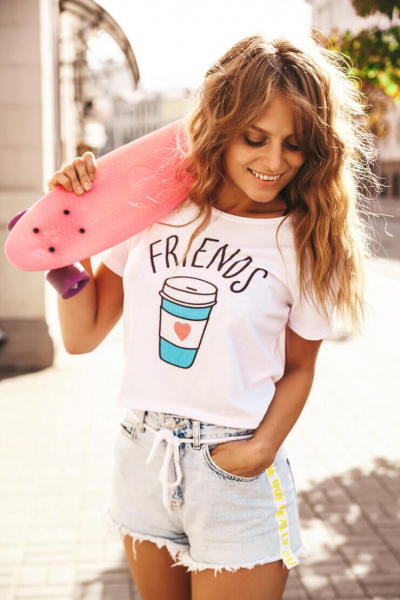
2. Soft feel:
If some patterns with slightly richer colors are printed with glue, they will have a distinct glue feel and will be harder to the touch, so they will be less breathable. However, digital direct-printed T-shirts have a good feel. This is the biggest advantage of digital printing. Because the ink particles of digital printing are extremely fine, reaching the nanometer level, they can easily penetrate into the fiber gaps of the fabric. It has fastness without affecting the softness and comfort of the fabric itself. characteristics.
3. Can easily display complex patterns and colors
We often see that many T-shirts have very complicated patterns, and the colors are very good and very three-dimensional. Then it is very likely that they use the DTG Printer process. DTG Printer T-shirt printing uses the micro-piezoelectric inkjet printer. The print head sprays textile-specific ink on the surface of the fabric and penetrates into the fiber to fix the color. This printing method subverts the traditional printing process that has been passed down for thousands of years. The printing can be directly controlled by a computer, which is convenient and fast, and can show richer colors and more details.
I have said a lot before that Direct to garment printer are very powerful in displaying pictures. You may not have any idea, but from the printed renderings, you can clearly see the difference from screen printing. You can see that digital direct printing is very powerful. The printed T-shirt pattern is very three-dimensional, the 3D effect is very strong, and the display of details is much better than screen printing. This is why Direct to garment printings have become more and more popular in recent years and are catching up.
Direct To Garment Printer Picture Requirements:
- The image requirement is the actual size. For example, if you want to print A4 size, the image size in Photoshop cannot be less than A4;
- The image resolution requirement is 300dpi or above;
- You need to create a white ink channel for your picture (in photoshop) for the dark T-shirts Printing. Digital direct printing generally works best when printed on white cotton bottom shirts, which can fully meet the requirements of no hand feeling and no color difference, and the cost is also the lowest. In addition, the color requirement for the bottom shirt is preferably a white T-shirt. Light-colored clothes other than white are also acceptable. Light-colored T-shirts (light pink, light blue, light yellow) are also acceptable. Dark-colored clothes are also acceptable, but the process is more complicated. The printing process on dark clothes is similar to that on light colors, except that there is an additional process of printing white ink. Because the ink printing on dark fabrics will be affected by the background color of the clothes, the color display effect of the pattern will be much worse, so white ink will be sprayed once.
